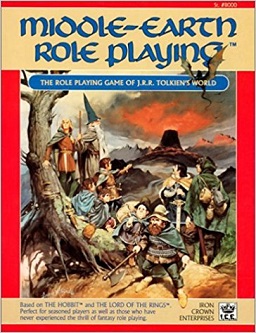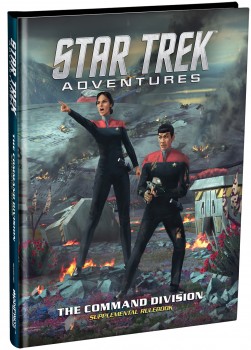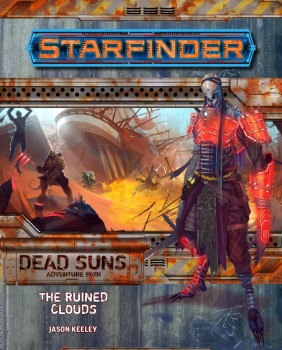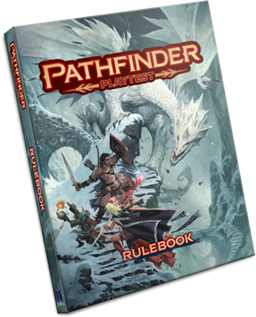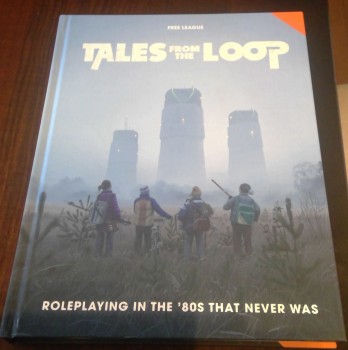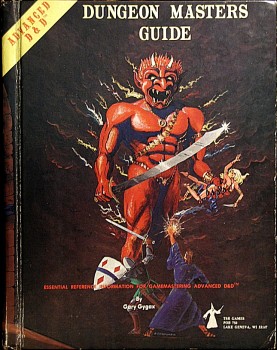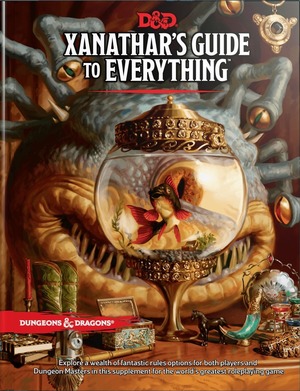Big Adventure, Tiny Dungeons: SPI’s DeathMaze Mini-game
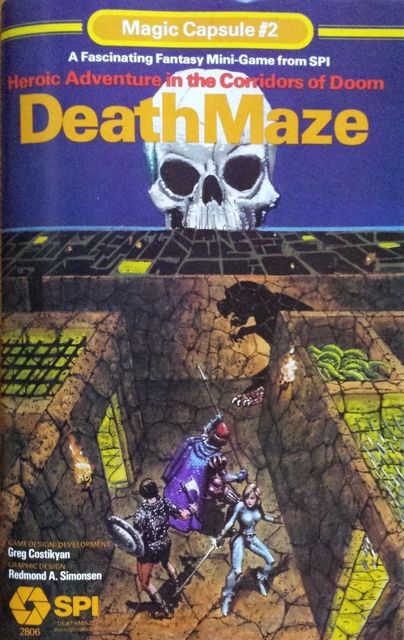 |
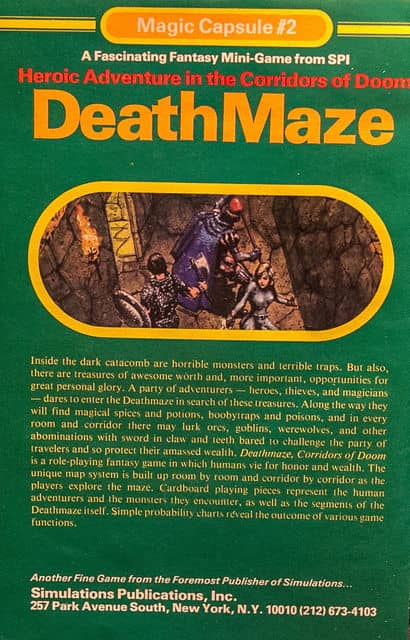 |
Disclaimer: No chits were punched in the playing of this game.
I recently obtained a near-mint copy of the 1979 bagged version of DeathMaze for my collection. My interest was in its design and gameplay mechanics that some people thought linked it to other SPI products such as the Citadel of Blood mini-game, the Sword and Sorcery boardgame, and the DragonQuest RPG.
Because I collect these games, I look for examples that are in un-played condition. I take the effort to make my own game pieces that I then use to play the games with. In the case of DeathMaze I simply made my own copies of the ½ inch square cardboard game piece counters, normally referred to as chits by war gamers. I also carefully removed the staples from the rule book, photo copied it and reassembled it with the original staples. I now have a rule book that I can handle without worry of damage.
The original near-mint game has been packed away in my collection. SPI historically allowed for the copy of record sheets and for reproducing damaged or lost counters. The back cover of the DeathMaze rulebook is a complete black and white printing of the game’s counter sheet, provided for just such a purpose.
